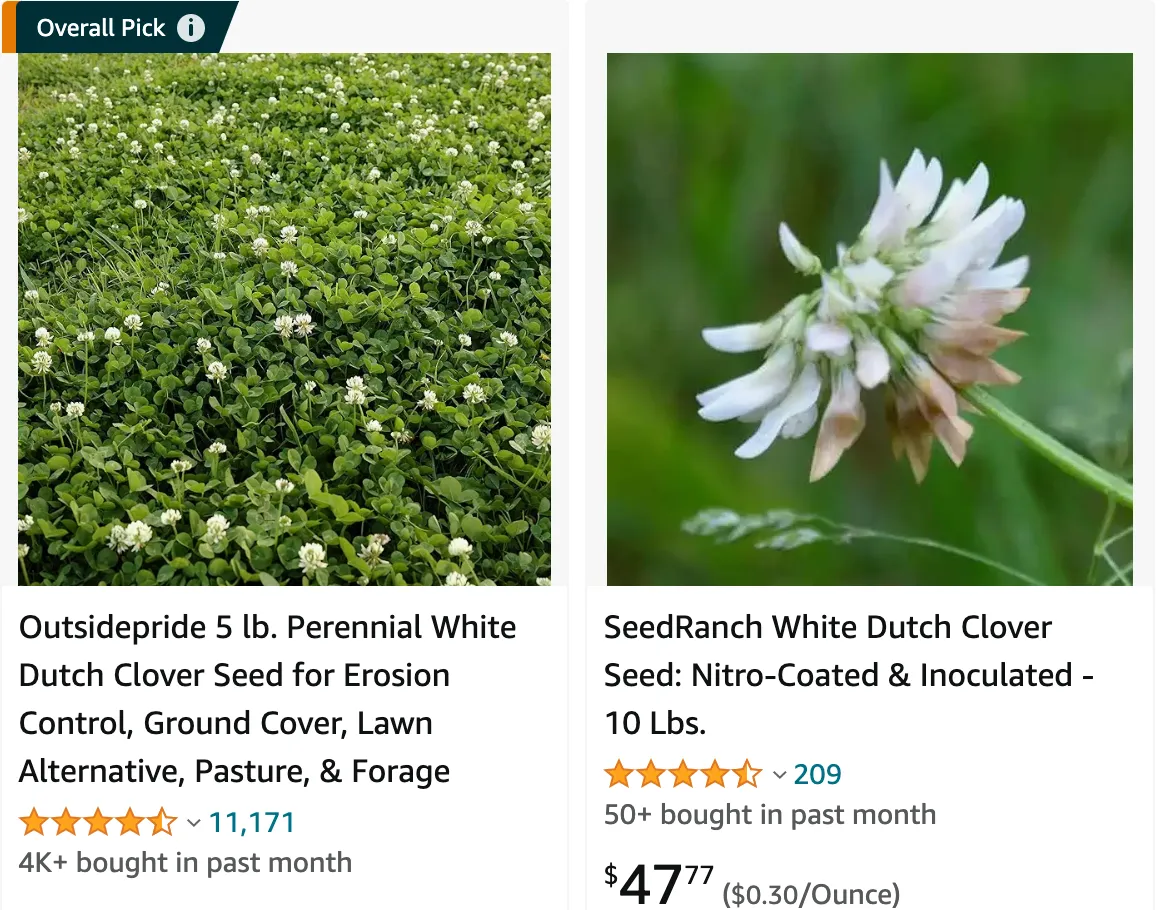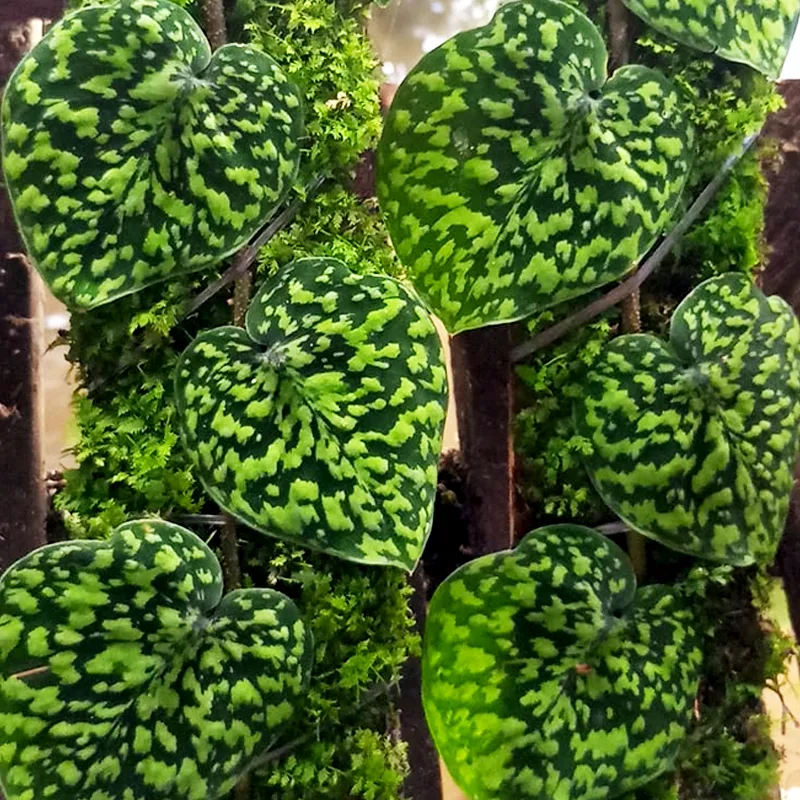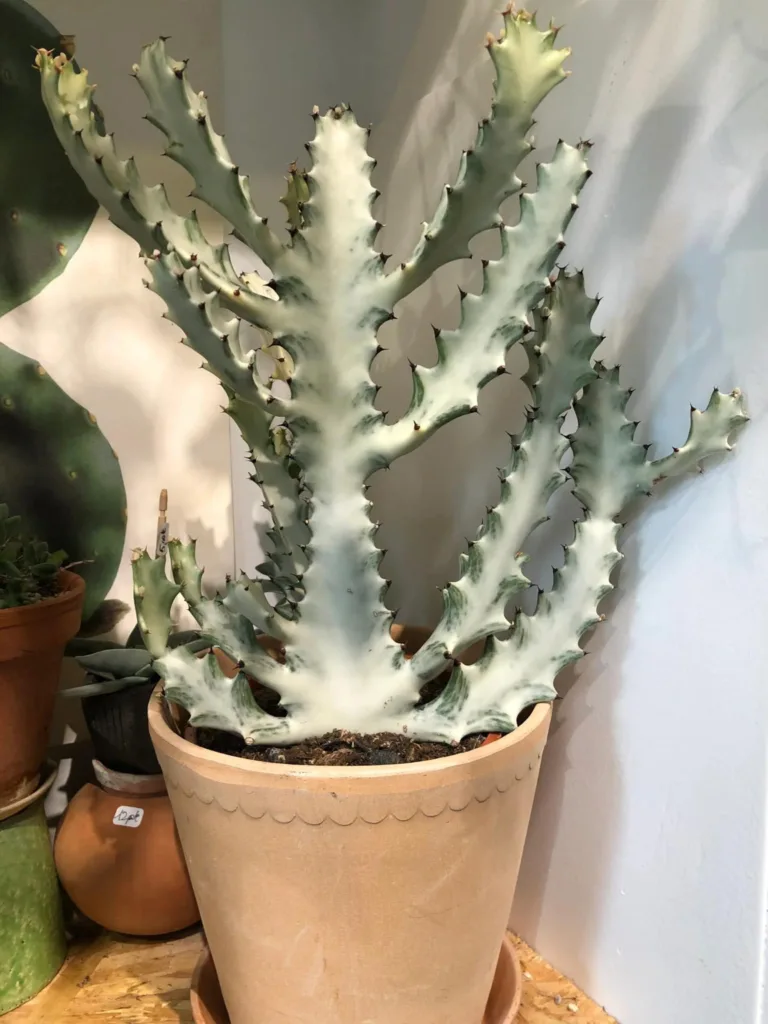
Discovering the Charm of Dutch Clover (Trifolium repens)
As an avid gardener, I’ve come to appreciate the beauty and functionality of various plants in my garden. One plant that has piqued my interest is Dutch Clover Trifolium Repens. This versatile ground cover has numerous benefits, but it also comes with its own set of challenges. In this article, I’ll share my insights and experiences with Trifolium repens, addressing some common questions and providing helpful tips.
What Family Does Trifolium repens Belong To?
Trifolium repens, commonly known as Dutch Clover or White Clover, belongs to the Fabaceae family, also known as the legume, pea, or bean family. This family is well-known for its ability to fix nitrogen in the soil, thanks to the symbiotic relationship these plants have with Rhizobium bacteria. This makes Dutch Clover an excellent choice for improving soil fertility and reducing the need for synthetic fertilizers in the garden.
Is Trifolium repens Native to America?
Trifolium repens is not native to America. It originated in Europe and Central Asia but has been widely naturalized across North America. Its adaptability to various soil types and climates has made it a popular choice for lawns, pastures, and ground cover in gardens across the continent.
Is Trifolium repens Evergreen?
Dutch Clover is not truly evergreen, especially in colder climates. In regions with mild winters, it can maintain some green foliage throughout the year. However, in areas with harsh winters, Trifolium repens typically dies back and re-emerges in the spring. Its resilience and ability to regrow make it a dependable perennial ground cover.
Is Trifolium repens Invasive?
One of the questions I often encounter is whether Trifolium repens is invasive. While it is not classified as an invasive species, its vigorous growth and self-seeding ability can make it spread rapidly under favorable conditions. In my experience, keeping an eye on its growth and regularly managing its spread can help prevent it from becoming a nuisance. Regular mowing and edging can keep Dutch Clover in check, maintaining it as a beneficial part of the garden rather than an unwelcome invader.
How to Grow Trifolium repens?
Growing Trifolium repens is relatively straightforward, making it an ideal choice for both novice and experienced gardeners. Here’s my approach:
- Site Selection: Choose a location with full sun to partial shade. Dutch Clover can tolerate a wide range of soil conditions but prefers well-drained soil.
- Soil Preparation: Ensure the soil is well-aerated and free of large clumps. Adding organic matter, such as compost, can improve soil texture and fertility.
- Seeding: Sow the seeds evenly over the prepared area. Lightly rake the soil to cover the seeds and ensure good soil-to-seed contact.
- Watering: Keep the soil consistently moist until the seeds germinate, which typically takes 7-10 days. Once established, Dutch Clover is relatively drought-tolerant but benefits from regular watering during prolonged dry periods.
When to Plant Trifolium repens?
The best time to plant Trifolium repens is in the early spring or fall. Planting in early spring allows the clover to establish before the heat of summer, while fall planting gives it a head start for the following spring. Avoid planting during the peak summer months when high temperatures can stress young seedlings.
How to Get Rid of Trifolium repens?
While Dutch Clover has many benefits, there are times when you might want to remove it from certain areas of your garden. Here’s how I manage its removal:
- Manual Removal: For small areas, hand-pulling or digging out the plants, including the roots, can be effective. Ensure you remove all root parts to prevent regrowth.
- Mulching: Covering the area with a thick layer of mulch can suppress clover growth by blocking sunlight.
- Herbicides: As a last resort, use a selective broadleaf herbicide that targets clover without harming grass. Follow the instructions carefully to avoid damaging other plants.
In conclusion, Trifolium repens is a versatile and beneficial plant that can enhance soil health and provide a lush ground cover. By understanding its characteristics and managing its growth, you can enjoy the many advantages it offers while keeping it from becoming overly aggressive in your garden. Happy gardening!



